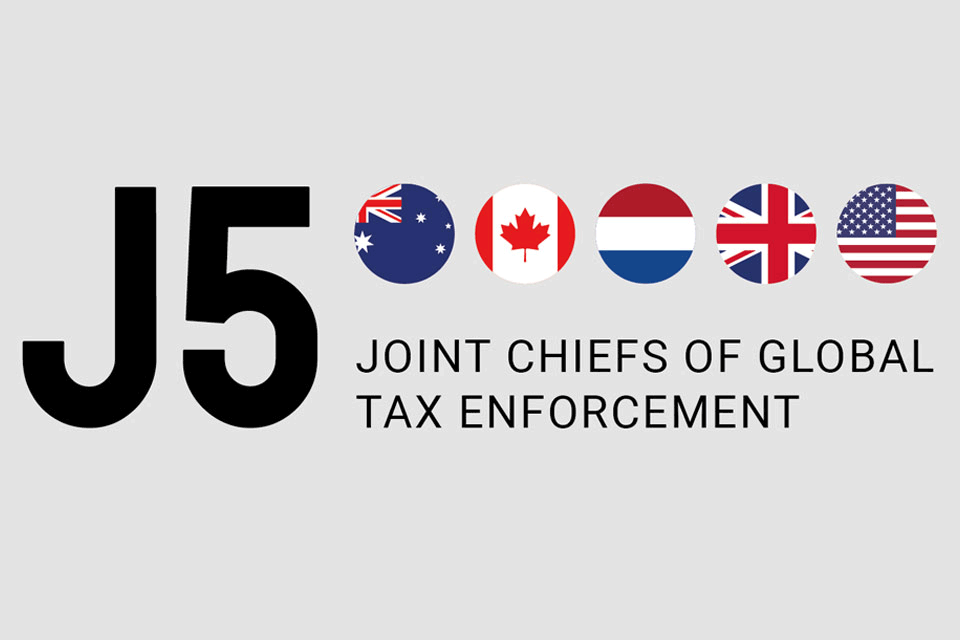On 23 June 2022 HMRC published details of the tax gap for 2020/21. This is a measure of the difference between the amount of tax that should have been collected by HMRC, and the amount that was actually paid. The tax that should be collected is the total tax revenue due if all taxpayers comply with the tax law and adhere to HMRC’s interpretation of the intention of the law.
The tax gap for 2021/22 is estimated at GBP 32 billion, amounting to 5.1% of the total theoretical tax liabilities. This is similar to the amount of the tax gap for the previous year.
Of the total tax gap, the amount in relation to income tax, national insurance contributions and capital gains tax amounted to GBP 12.7 billion in the year and the VAT gap amounted to around GBP 9 billion. The corporation tax gap was GBP 5.6 billion and the excise duty gap was GBP 3.5 billion.
Taxpayer behaviour
The tax gap is also analysed by reference to the types of taxpayer behaviour giving rise to the gap. These behaviours include non-payment of tax; the use of avoidance schemes; legal interpretation of complex transactions; taxpayer error; failure to take reasonable care; tax evasion; the hidden economy and criminal behaviour targeting the tax system.
Methodology
The calculations of the tax gap estimates use internal and external data as well as a range of analytical techniques. The annual estimates are revised as more accurate data is obtained. There are various sources of uncertainty and potential errors in the computation of the tax gap. HMRC therefore considers that the most important consideration in interpreting the data is the trend in the statistics rather than the absolute numbers. Where possible, the tax gap statistics show error margins or upper and lower limits.
The tax gap is mainly calculated using either top-down or bottom-up methodologies. The top-down approach looks at external data on consumption to arrive at an estimate of the tax base. The tax base is then used to calculate a theoretical amount of tax that should be paid, and this is compared to the actual amount of tax paid.
The bottom-up approach looks at internal data and operational knowledge to compute the potential tax loss. Various methods and data sources are employed to estimate the tax lost within each area and these are combined to estimate the tax gap.
As the year 2020/21 was particularly affected by the pandemic the calculation of the tax gap includes some additional assumptions that may make it more uncertain than usual. For example, the net receipts in the VAT gap estimates were adjusted for payments that were deferred under the VAT Payments Deferral Scheme, one of the pandemic support measures.
















